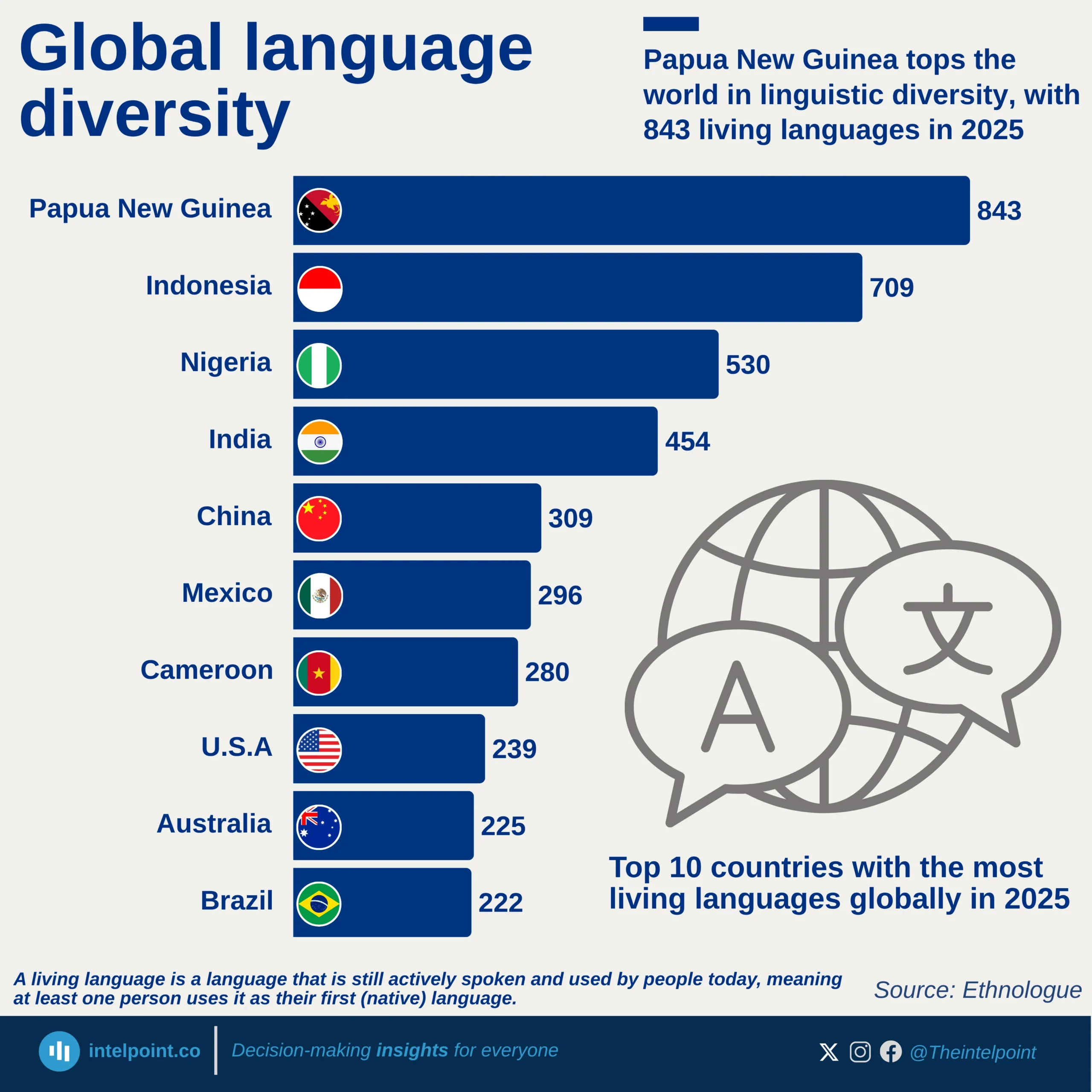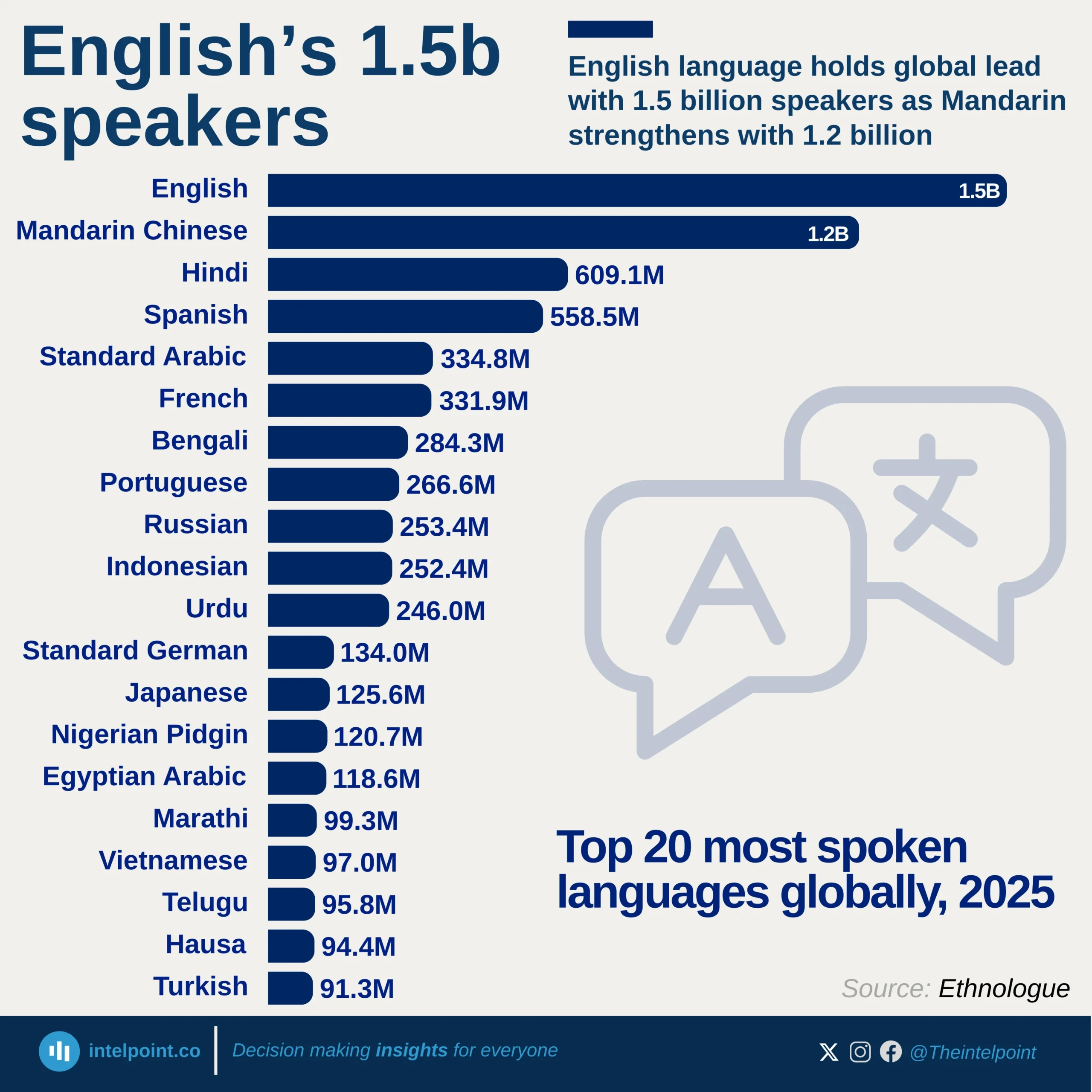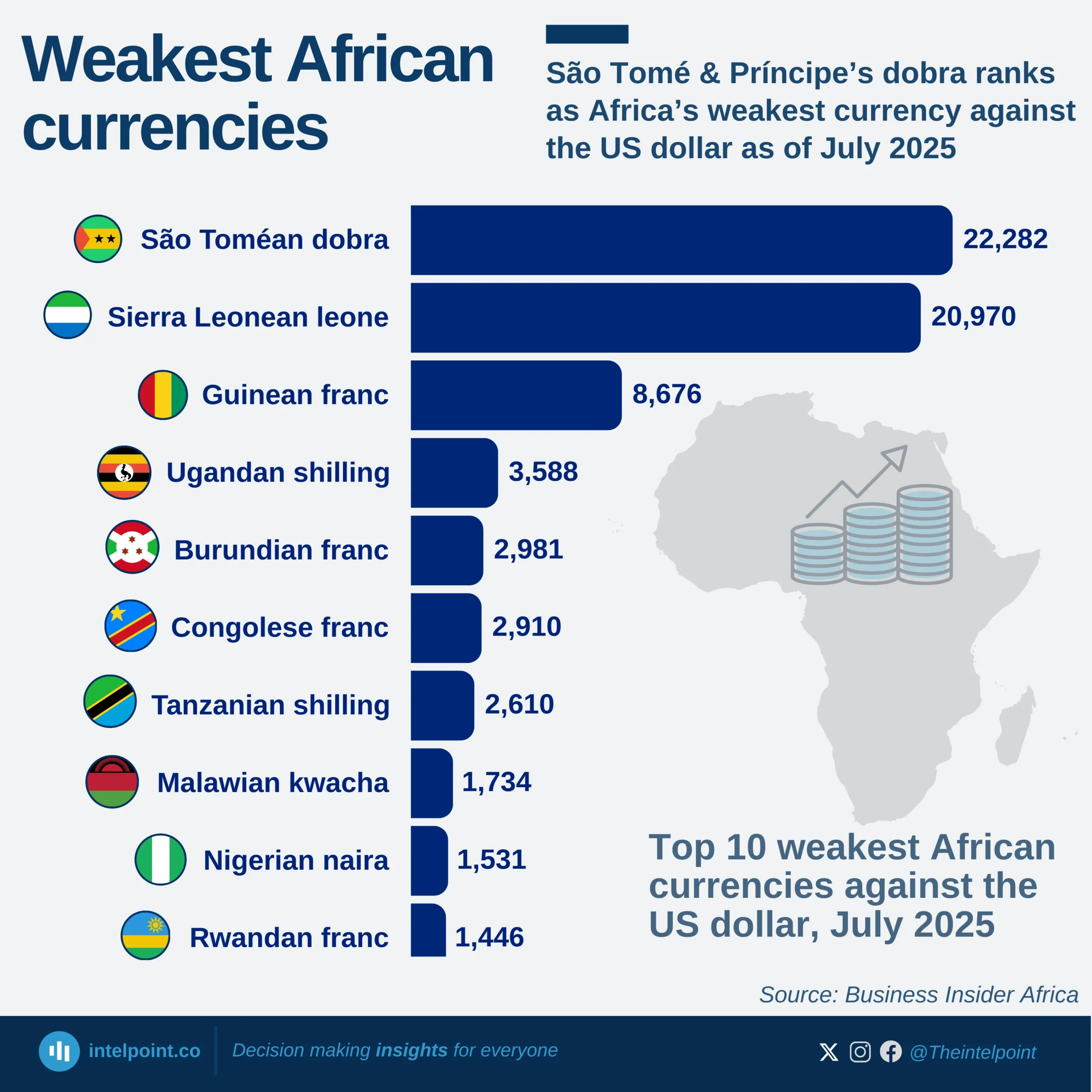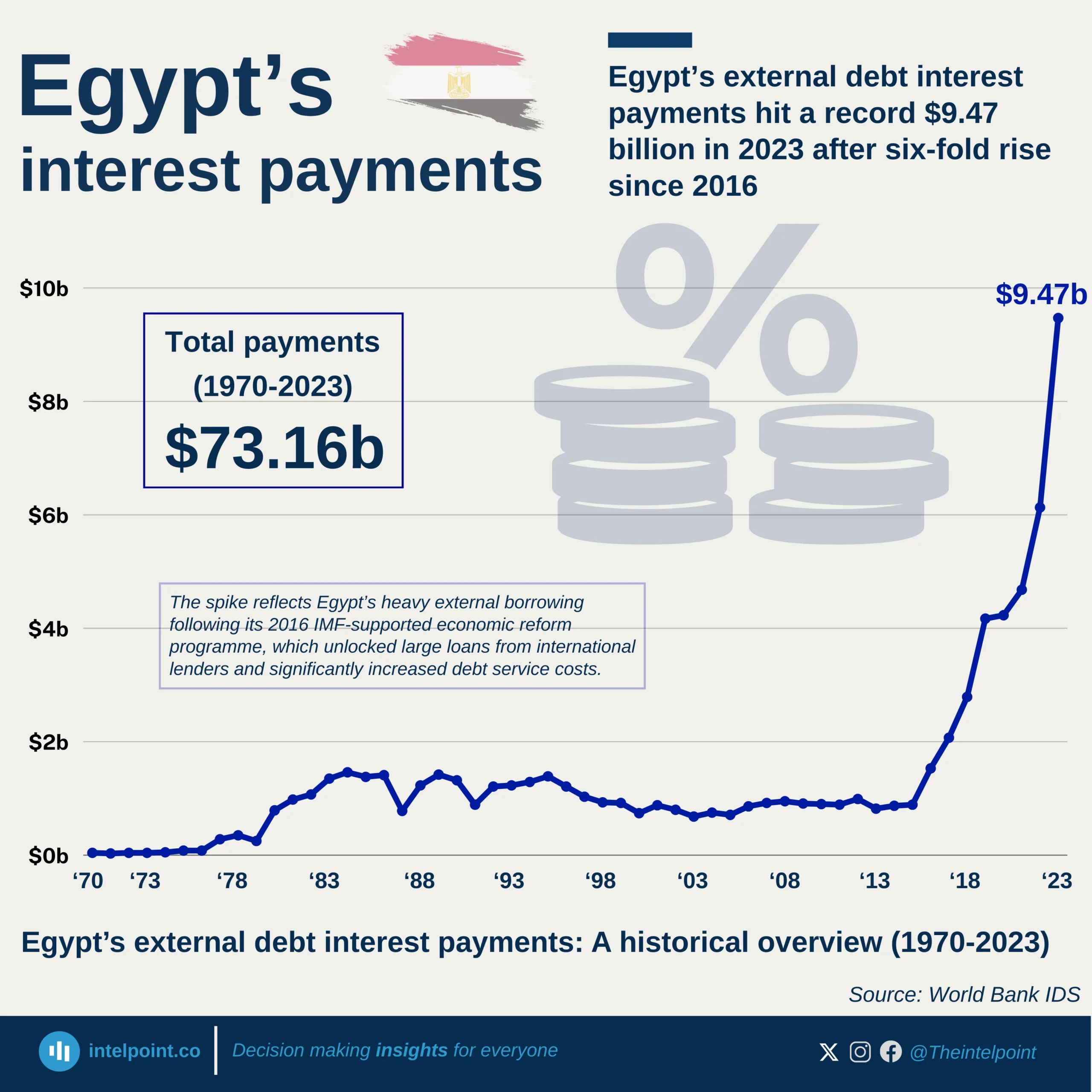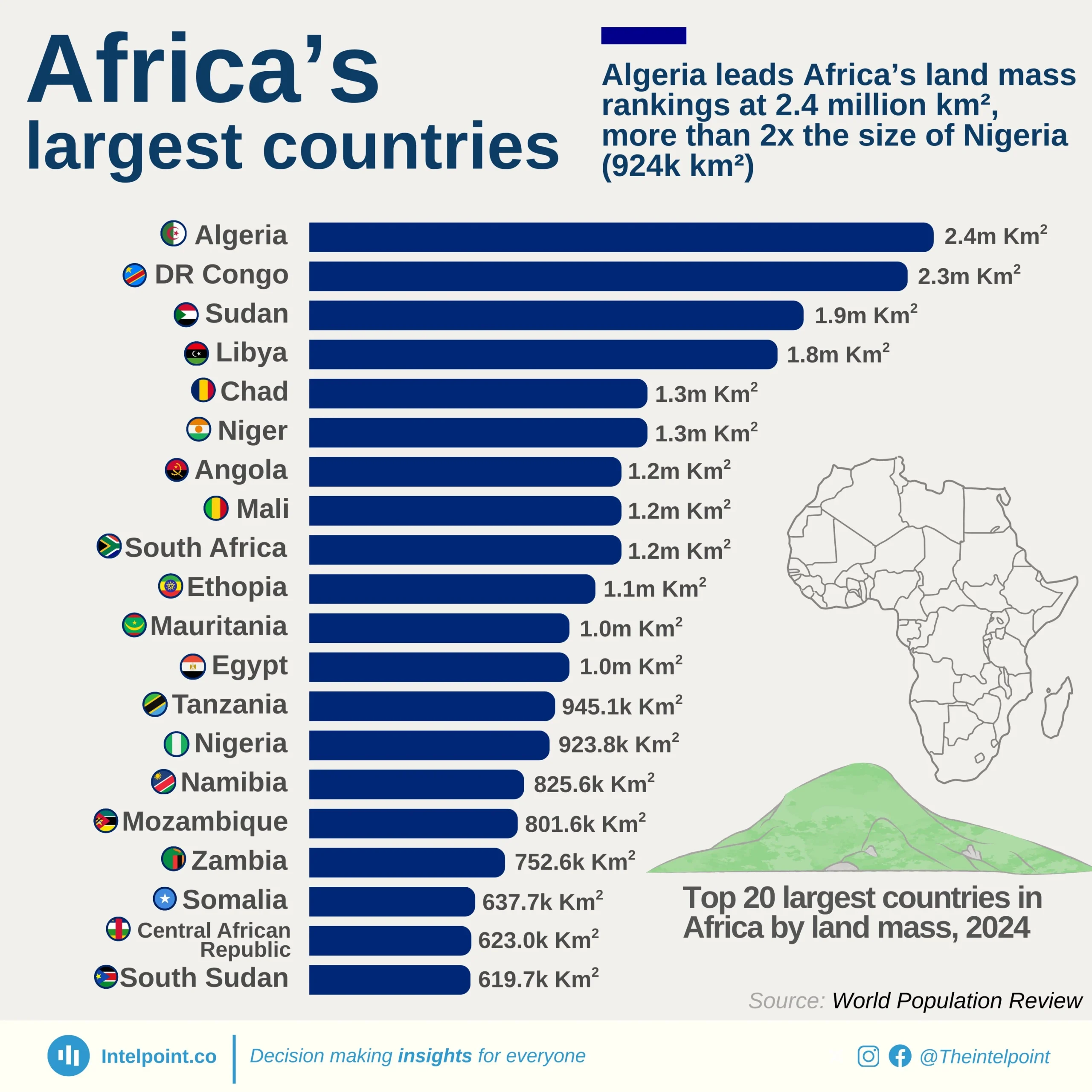Africa, the world’s second-largest continent, is often associated with vast land expanses like Algeria or the DR Congo, but it is also home to some of the globe’s tiniest nations. Top of the list is Seychelles, Africa’s smallest country at just 452 km², scattered across the Indian Ocean. Following closely are Central African Republic (964 km²), Comoros (1,900 km²) and Mauritius (2,000 km²), highlighting how island nations dominate the lower end of Africa’s land mass scale.
On the mainland, The Gambia stands out as the smallest at 10,700 km², a narrow strip of land hugging the Gambia River. Countries like Rwanda (26,300 km²) and Burundi (27,800 km²) demonstrate that even within mainland Africa, relatively small nations exist, though both island and mainland countries are densely populated. Collectively, these countries show the remarkable geographic diversity of Africa, where land mass varies from microstates of just a few hundred square kilometres to giants like Algeria at 2.4 million km².
